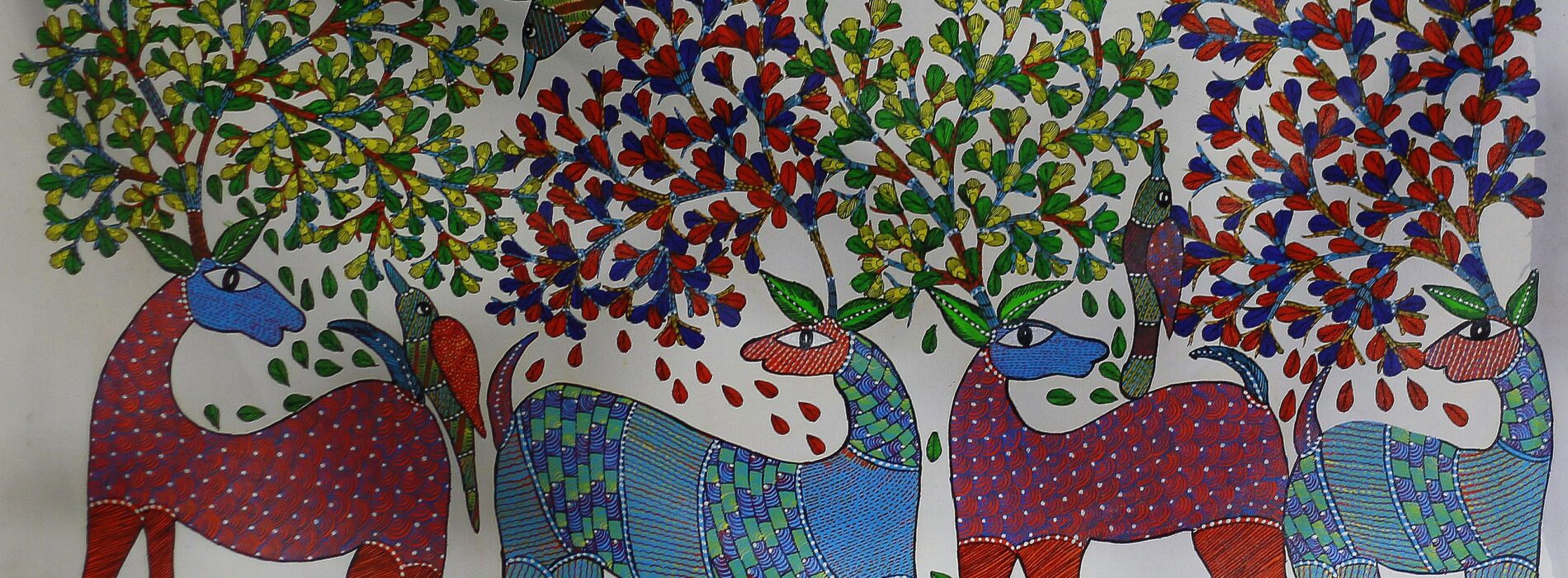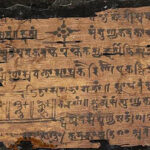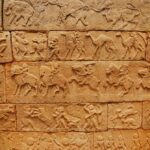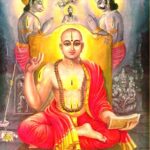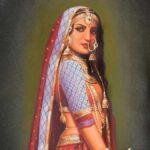Preserving Cultural Heritage: Exploring the Vibrant art of Traditional Gond Paintings
- Vijay Iyer
- June 16, 2023
- 0 Comment
Traditional Gond paintings, an exquisite art form practiced by the Gond tribe in India, is a testament to their rich cultural heritage and unique artistic expressions.
The Gond Tribe: A Rich Cultural Heritage
Rooted in the pre-Aryan era, the Gonds, the largest adivasi community in India, can be traced back to Dravidian origins. The word “Gond” itself is derived from “Kond,” meaning green mountains in the Dravidian language. The Gonds’ Dravidian origins provide a historical context for their distinctive art form. The name “Dravidian” was used by medieval Indian authors to describe the South Indian peoples and their languages, and the Gonds can be considered part of this Dravidian heritage.
Geographical Spread of the Gond Tribe
Spread across Madhya Pradesh, Jharkhand, Chhattisgarh, Bihar, Odisha, and Andhra Pradesh, the Gonds have long inhabited the dense forests of the Vindhyas, Satpura, and Mandla regions in the Narmada area of the Amarkantak range.
The Unique Style of Traditional Gond Paintings
Traditional Gond paintings are characterized by their vibrant colors, intricate patterns, and distinctive style. The Gond artists employ a unique technique that incorporates dots, fine lines, dashes, and geometric shapes like ellipses, triangles, and ovals. These elements add depth and texture to the artwork, creating visually striking compositions that are instantly recognizable.
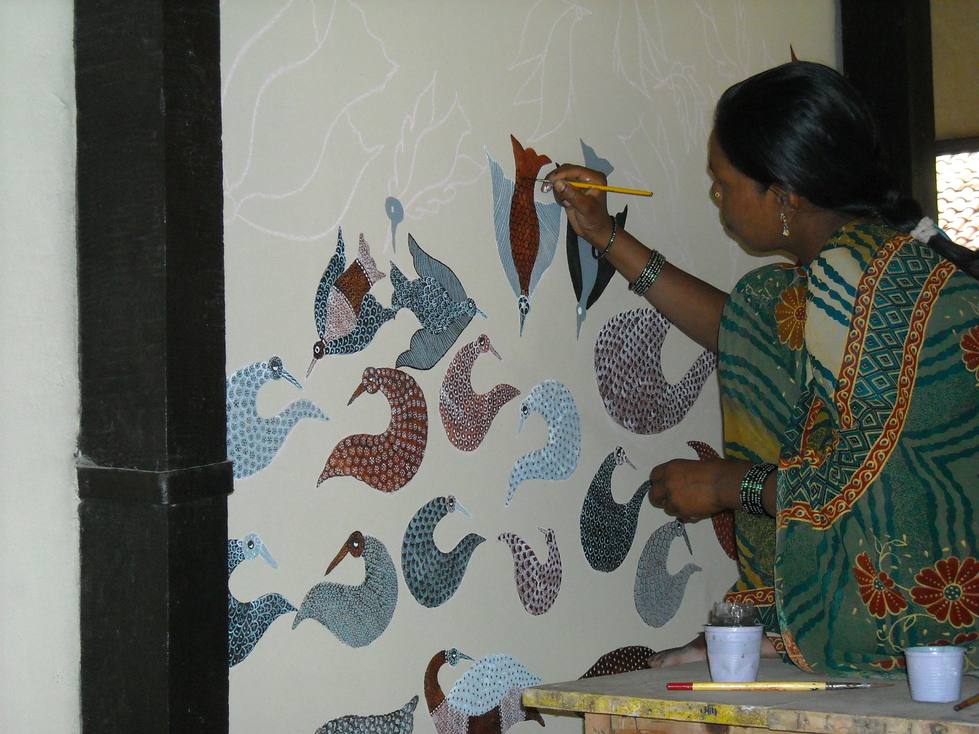
Exploring Themes: Flora and Fauna in Gond Art
The central themes of traditional Gond paintings often revolve around flora and fauna, showcasing the tribe’s deep connection with nature. These paintings depict various elements such as animals, birds, mythical creatures, gods, and goddesses. The artists infuse their creativity and offer a unique perspective on the world around them through their intricate and symbolic depictions.
Traditional Gond paintings serve as a visual storytelling medium, conveying folklore, myths, and narratives embedded in the Gond way of life. The paintings reflect the tribe’s beliefs, rituals, and cultural practices, portraying their worldview and the interplay between humans, animals, and the natural environment. The Gond artists skillfully capture the essence of their community’s fears, aspirations, and reverence for nature in each brushstroke.
Symbolism in Colors: Meaning and Significance
The color palette used in traditional Gond paintings is derived from natural sources found in the villages. Each color holds symbolic significance, representing specific emotions, elements, or deities. Black clay or wood coal creates the color black, chhui soil or lime provides white, red comes from geru, a red-colored soil, and yellow is obtained from ramraj soil. Cow dung is used to achieve a light green shade.
The process of creating traditional Gond paintings involves meticulous attention to detail. The artists begin by preparing the surface, ensuring it is clean and smooth. They then apply a paste made of straw, cow dung, and soil to create a solid foundation. Once the paste dries, a layer of white chhui soil is applied, acting as a base for the painting. Using their handmade brushes, crafted from crushed tree barks, the Gond artists meticulously bring their creations to life, paying careful attention to intricate details, such as thin lines and dotted patterns.
Traditional Gond Paintings: A Reflection of Cultural Identity
Traditional Gond paintings not only showcase the exceptional artistic skills of the Gond community but also offer profound insights into their cultural identity. These paintings capture the essence of the Gond way of life, their spiritual beliefs, and their harmonious relationship with nature. The captivating patterns, bold imagery, and vibrant colors make traditional Gond paintings a unique and cherished art form.
Intricate patterns and vibrant colors are hallmarks of traditional Gond paintings. The captivating patterns, whether in geometric shapes or organic forms, draw viewers into the artwork, while the vibrant colors evoke a sense of joy and energy. These visually striking elements contribute to the allure and aesthetic appeal of Gond art.
Preserving Tradition: The Enduring Legacy of Gond Art
Traditional Gond paintings stand as a testament to the tribe’s artistic excellence and their valuable contribution to India’s indigenous art forms. The Gond community has successfully preserved their cultural heritage and passed down their artistic traditions through generations. The continued practice of traditional Gond painting ensures that their unique art form and the stories it conveys will endure for future generations to appreciate and cherish.



